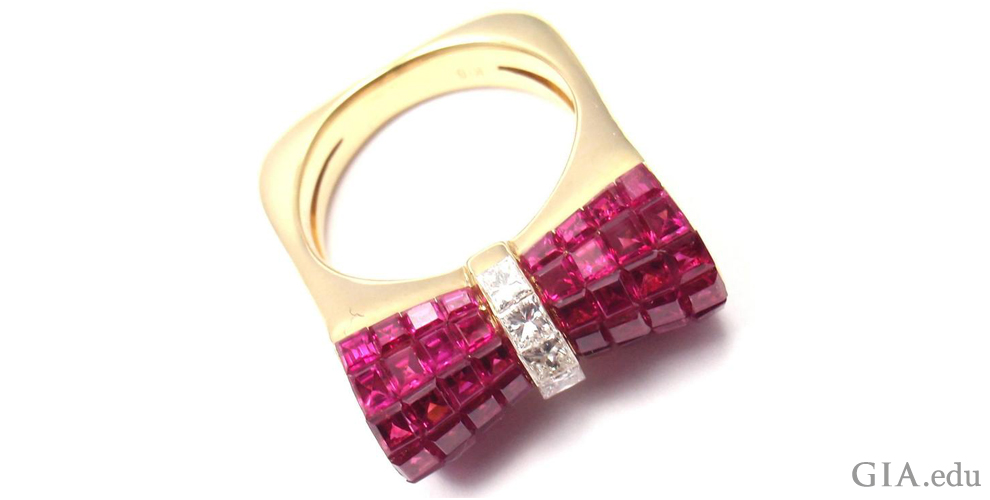When it comes to buying diamonds and diamond jewelry online, consumers face a dizzying array of choices in terms of quality, styles and price points. And they also face the uncertainties of buying something sight-unseen. So how can you protect yourself? How safe is it to buy diamonds online?
As part of its public-benefit mission, GIA often publishes advice on gem and jewelry buying to help consumers make informed purchases.
In this post, we turn to guest blogger and industry veteran, Dawn Moore, who mined her contacts for insights on how to buy diamonds online and ensure the best online shopping experience. Here she reveals the five essential things you need to keep in mind as you shop online.
Expert advice is often, well… advisable when spending a significant sum of money or venturing outside your shopping comfort zones. And when it comes to buying jewelry online the urge to contact anyone who has ever said, “I have a cousin in the business” is a fairly universal one.
I hear you, and I have some pretty good connections. So I interviewed three of the jewelry industry’s respected pros in online jewelry retail to outline their must-have, non-negotiable checkpoints to ensure a confident online experience.
The panel includes:
Josh Holland – Director of Brand Experience for Blue Nile
Courtney Sconza – G.G. Curator, Jewelry Department for Ruby Lane
Michael Groffenberger – Senior Director Fine Jewelry & Watches for The RealReal
The big take-away: all experts agree that when it comes to buying jewelry online, authentication, extensive and detailed images, a guaranteed return policy, research and more research are imperative for a great shopping experience.
But the #1 non-negotiable for buying jewelry online is….
1. Trust.
DM: As a consumer, how can I be sure a seller is trustworthy?
Courtney Sconza (Ruby Lane): Take your time to research the seller. Ideally, the online seller or venue has been established for a number of years and is in good standing with third party sources or previous buyers. You should be able to contact the seller directly. Many antique and vintage items will not have any type of certification, so you need to rely on the seller’s expertise. They should be knowledgeable, professional and willing to answer all of your questions.
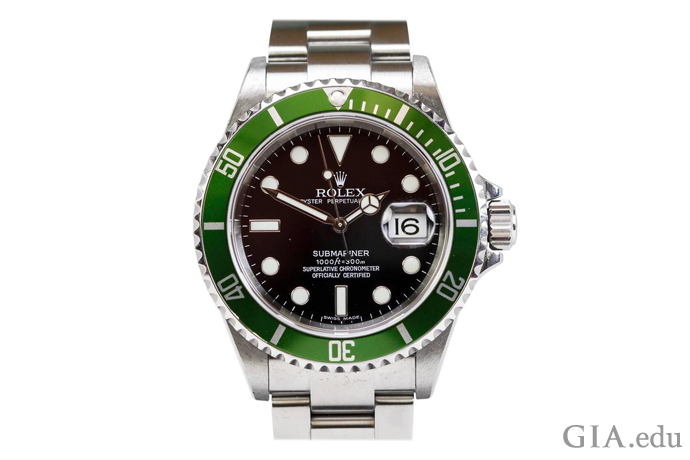
When shopping online for high-price items like this Rolex Stainless Steel Submariner Green Anniversary edition watch, make sure you select a trusted source. Courtesy: 1stdibs.com
Michael Groffenberger (The RealReal): The most valuable commodity in the jewelry industry is trust. You should know whom you’re buying from and it’s best to buy from someone who has possession of the item.
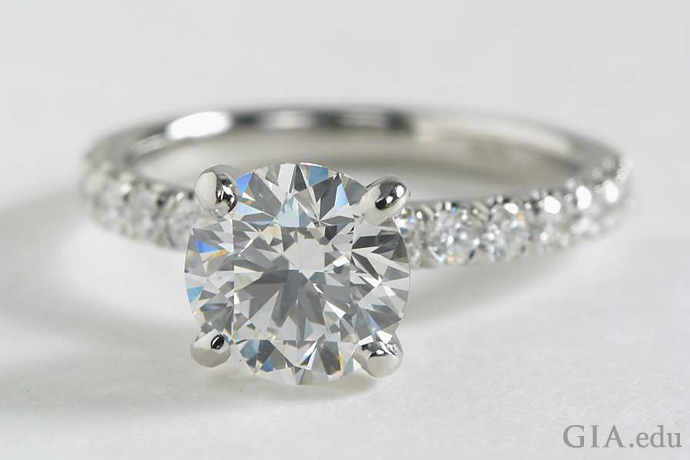
Select a retailer who will insure shipments all the way to your doorstep. You surely wouldn’t want this 2.50 carat (ct) round diamond platinum engagement ring delivered to anyone but you. Courtesy: Blue Nile
Josh Holland (Blue Nile): Consumers should seek a reputable jeweler who is in solid standing with organizations such as the Better Business Bureau. Consumers should also review security protocols around shipping and insurance.
DM: When I’m buying jewelry online, I get suspicious when I find an identical item for a substantially lower price on a second site. What legitimate factors would cause this?
Josh Holland (Blue Nile): Diamonds that are independently certified by GIA can be compared. If you compare the GIA reports of two diamonds with the same specifications and see a price difference, it may be due to other business factors such as overhead costs.

When comparison shopping identical items across different sites, you many encounter differences in price. These differences could be the result of item condition, provenance and business factors, among other reasons. Offered on 1stdibs.com: an 18K gold, ruby and diamond ring with an invisible bow setting. Courtesy: 1stdibs.com
Michael Groffenberger (The RealReal): Is there a discrepancy in the quality of the stone or the quality of the setting? There is a premium to pay for buying from a trusted source. So, we’re back to trust.
2. Return Policy. Guaranteed.
DM: What is a fair expectation for returning an item that does not live up to its description? Should I expect a full refund?
Michael Groffenberger (The RealReal): Absolutely, unequivocally yes. If the item isn’t what you think it should be, yes. If the seller doesn’t take the return, they are saying they don’t believe in their product.
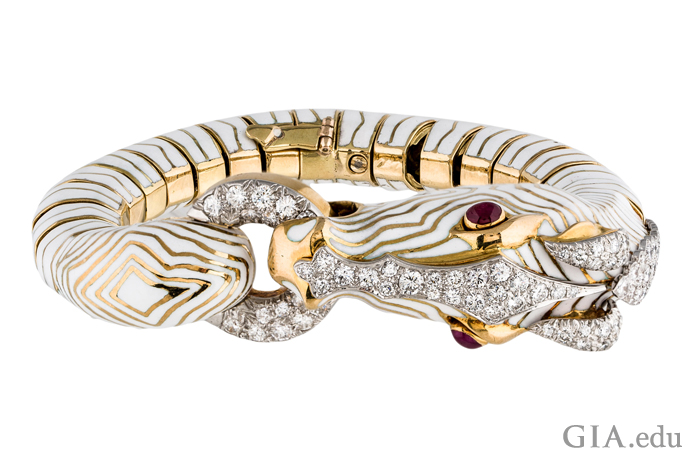
A bracelet, for example, that looks spectacular in a photo may not lay well on your wrist when you try it on. So pay close attention to the seller’s return policy. This 18K gold and white enameled zebra bracelet designed by David Webb, features diamonds with platinum accents and two ruby cabochons. Courtesy: The RealReal
Courtney Sconza (Ruby Lane): Even after taking precautions and asking questions, an item may still not be what you expected – a color of a stone may seem different in person, or a necklace may not lay as well on your neck as it did on the display. Make sure any online seller allows time for you to examine the piece and to return it for any reason if it is not everything you hoped it would be.
Josh Holland (Blue Nile): Absolutely. We offer a 30-day return policy, no questions asked.
3. Images. And plenty of them.
Courtney Sconza (Ruby Lane): The more photos of the item, the better. When buying jewelry online, you are not able to handle the actual item the same as you would in a brick and mortar shop. Therefore, you are relying on the seller to provide as many images as possible, clearly showing the item from all angles (front, back, left, right, inside, outside), showing any damage or imperfections (scratched stones, bent prongs, worn shanks), and highlighting any notable details (special design features, fineness or maker’s marks, artist signatures).

Online retailers like Ruby Lane provide customers with multiple product images so shoppers can view an item from all angles before making a purchase decision. This 18K gold, platinum, aquamarine, diamond and sapphire flower brooch designed by David Webb converts into a pair of ear clips. Courtesy: Ruby Lane
4. Condition. Authentication. Certification.
Courtney Sconza (Ruby Lane): A written description should help ease the buying process by providing detailed information and elaborating further on any photos. Measurements should be provided. Gemstones identified. Independent grading reports and/or appraisals should be available to back up descriptions. Provenance or history should be explained.
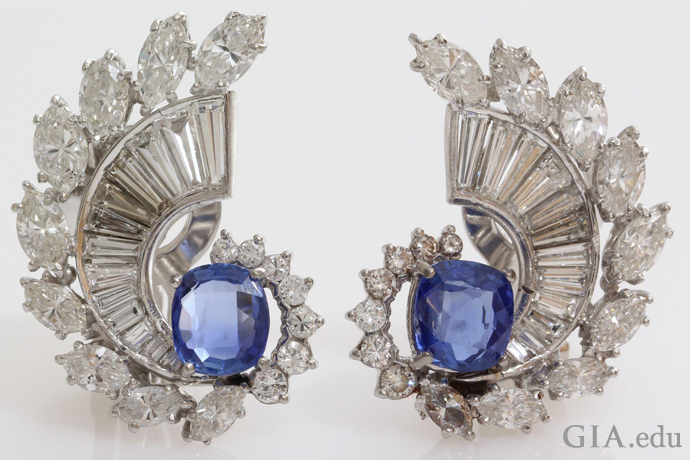
When shopping for jewelry online, particularly vintage jewelry like these Art Deco sapphire and diamond earrings, make sure the retailer has provided a written description of the item. Courtesy: Ruby Lane
Michael Groffenberger (The RealReal): I would look for a thorough and transparent process of evaluation. I would expect any descriptions of quality or condition to be backed up by lab reports, professional appraisals and images. If a piece is signed, I would expect to see the signature. If the seller claims the metal is of a certain quality, I would expect to see the metal purity stamp.
DM: Speaking of provenance, how much dollar value does it add to the piece?
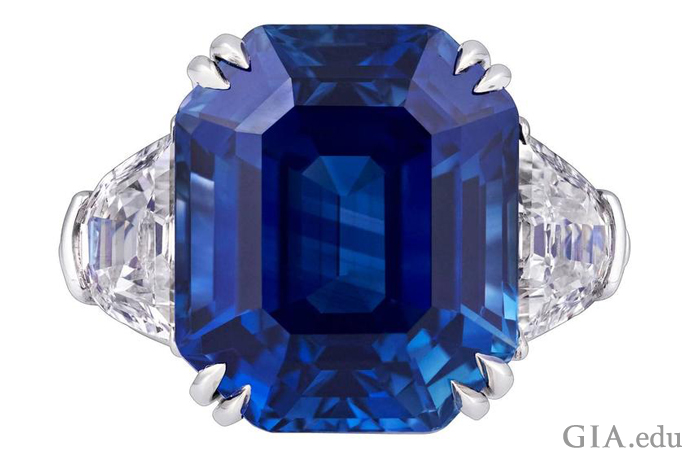
Sometimes the documented history of a piece can add to its value, particularly if a style icon once owned it. We don’t know if this ring ever saw a Hollywood red carpet, but it’s certainly stunning in its own right: 18.50 ct emerald-cut natural Kashmir sapphire and diamond ring set in platinum. Courtesy: 1stdibs.com
Michael Groffenberger (The RealReal): It’s important if the person was a factor in the world of jewels. Elizabeth Taylor and Wallis Simpson are good examples. Style icons yes, but it’s subjective based on the amount of interest in that person and their place in the world of style.
DM: When is a GIA report critical?

When shopping for a diamond online, it’s important that the item comes with an independent diamond grading report. An unbiased report will confirm whether your diamond is a natural diamond and provide clear disclosure of any known treatments to alter its color or clarity. Photo: John Schulz/GIA
Josh Holland (Blue Nile): Certification should really be the “Fifth C” in diamonds. Only consider diamonds independently certified by GIA as the quality of a diamond accompanied by this report is considered guaranteed. Put simply, if the diamond is not independently certified you cannot be sure of its quality.

An unbiased, independent laboratory report is indispensable for a colored gemstone purchase, particularly when the gemstone’s country of origin is a factor in determining its value. Offered on the RealReal: a 14K white gold bib necklace featuring 12.93 carats of pavé set round brilliant diamonds and 45.43 carats of prong-set emeralds. Courtesy: The RealReal
Michael Groffenberger (The RealReal): When a seller has identified the stone as from a particular region or mine or called out something that significantly affects value like grade or size. I wouldn’t trust someone calling an emerald Columbian without a report. Again, the trust factor is critical.
5. Homework. Do it!
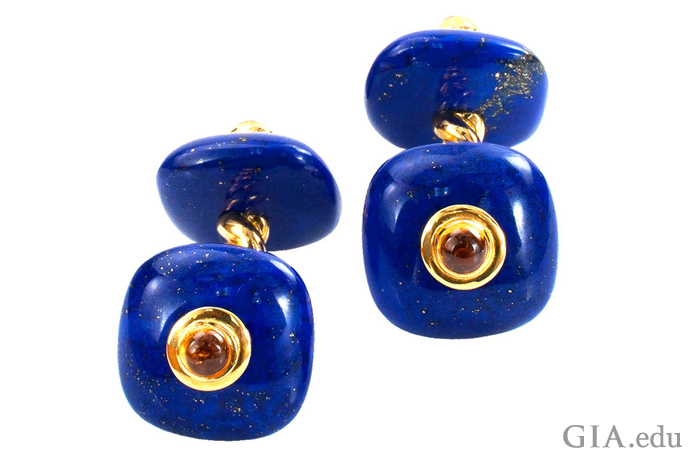
Shopping for a jewelry gift online? Read the product descriptions closely, examine the images and don’t be afraid to ask questions. Courtesy: 1stdibs.com
Our panelists agree: When buying jewelry online, you should always do your research. Read each listing carefully. Review all the GIA reports and paperwork available and be sure you understand the seller’s Terms of Sale. Ask yourself: Is the item being offered at what seems to be an amazing discount from similar items that you have seen elsewhere? Are the claims about the item’s quality and materials supported and reasonable? If you’re unsure, contact the seller for clarification.
DM: How do I know the list price is a fair price? Am I naïve to not negotiate?
Michael Groffenberger (The RealReal): The access to knowledge is in the buyer’s hand now, so you have tremendous power to research to feel comfortable. Do your research and learn what’s setting the price in the market. Then, if the piece is what you want it to be and it’s being sold by a trusted seller, you can accept the asking price.
Josh Holland (Blue Nile): Some retailers will negotiate, but instead, do your research so you know what you’re paying for and then comparison shop.
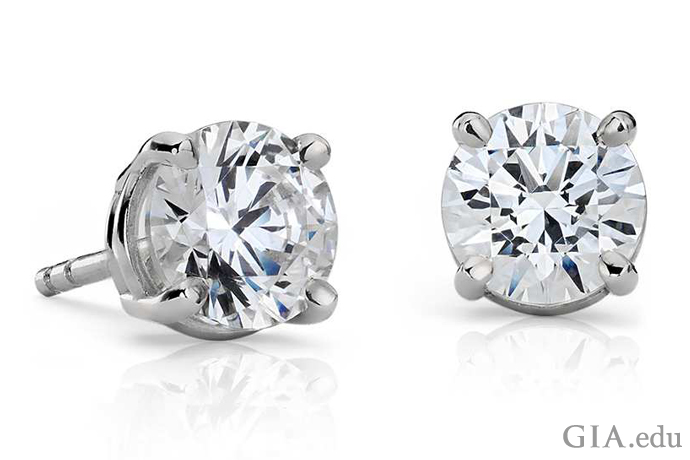
Before buying a diamond – whether online or at brick and mortar retailer, be sure to learn about the factors that influence its value: the 4Cs of diamond quality. These four-prong platinum earrings feature GIA-graded E-color diamonds with a clarity grade of VVS1. Courtesy: Blue Nile
When is buying diamond jewelry online just not a good idea?
I can answer this one. When you are buying on impulse without doing your homework. Buying jewelry online is a good idea if you have taken advantage of all the tools provided you – condition reports, images of the piece worn, and the expertise of the specialist so that your purchase is educated. Buying online makes the whole world of jewelry available to you no matter where you live.
There you have it. The “Non-Negotiables” for a confident online jewelry buying experience from four experienced purveyors of online gems and jewelry.
Do you trust the seller? Will they take it back? Are there clear pictures from every angle? Is there an authentication process in place? And most importantly, did you do your homework? If you answered “yes,” I think it’s safe to go back to that Art Nouveau dragonfly brooch and click “Add to Cart” with confidence.
More posts by Dawn Moore:
Pearl Jewelry Essentials: Five Easy Pieces
A Conversation with Martin Katz – A Jeweler Like No Other
GIA Guest Blogger: Dawn Moore, GIA AJP
Drawing on her experience as Regional Director at Harry Winston, Mikimoto and Chopard, Dawn Moore writes about world-class jewels for The Huffington Post, C Magazine, The Los Angeles Times and Santa Barbara Magazine. Read more about her: www.mooreabout.com
Custom Field: Array
